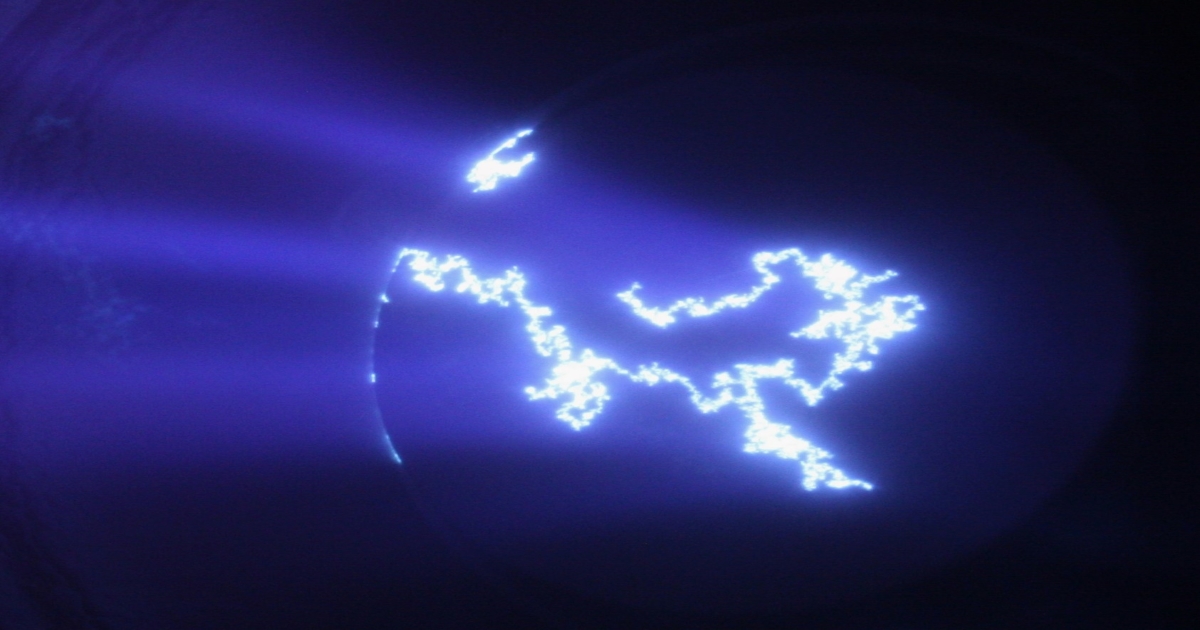Electron-Ion-Plasma Technology Applied to Surface Engineering
A special issue of Coatings (ISSN 2079-6412). This special issue belongs to the section "Plasma Coatings, Surfaces & Interfaces".
Deadline for manuscript submissions: closed (31 March 2024) | Viewed by 12318

Special Issue Editor
Interests: PVD methods; cathodic arc deposition; wear-resistant coatings; gradient, single-layer and multi-layer coatings; electron-ion-plasma modification of materials; electron-beam treatment; nitriding; physics of plasma; physics of vacuum discharges; generation of low-temperature plasma
Special Issue Information
Dear Colleagues,
I would like to invite you to submit your work to this Special Issue on “Electron-Ion-Plasma Technology Applied to Surface Engineering”.
Electron-ion-plasma technology provides a very important direction for the surface engineering of materials and products. Due to its application, it is possible to significantly improve the functional properties of the material surface layer with thicknesses from hundreds of nanometers to hundreds of micrometers. It includes methods such as PVD (magnetron sputtering, vacuum arc deposition, etc.), and the treatment of surface materials via plasma, electron or ion beams. Nowadays, the trend of modern technologies is the use of a hybrid method, combining a few methods in different sequences, e.g., the coatings deposition and electron-beam treatment, nitriding and PVD, etc., in a single vacuum cycle.
In particular, the topics of interest include, but are not limited to:
- PVD methods;
- Functional coatings;
- Electron-beam treatment of material surface;
- Ion-beam treatment of material surface;
- Hybrid electron-ion-plasma treatment of material surface;
- Properties, structure and composition of treated materials;
- Equipment for surface engineering;
- Application of electron-ion-plasma technologies.
I am pleased to invite you to submit manuscripts in the form of a full research paper, short communications, or reviews. The Special Issue “Electron-Ion-Plasma Technology Applied to Surface Engineering” will present reсent advances in functional coating deposition; electron, ion or plasma modification of material surfaces; combined electro-ion-plasma processing techniques for the purpose of the surface engineering of materials and products.
Dr. Olga Krysina
Guest Editor
Manuscript Submission Information
Manuscripts should be submitted online at www.mdpi.com by registering and logging in to this website. Once you are registered, click here to go to the submission form. Manuscripts can be submitted until the deadline. All submissions that pass pre-check are peer-reviewed. Accepted papers will be published continuously in the journal (as soon as accepted) and will be listed together on the special issue website. Research articles, review articles as well as short communications are invited. For planned papers, a title and short abstract (about 100 words) can be sent to the Editorial Office for announcement on this website.
Submitted manuscripts should not have been published previously, nor be under consideration for publication elsewhere (except conference proceedings papers). All manuscripts are thoroughly refereed through a single-blind peer-review process. A guide for authors and other relevant information for submission of manuscripts is available on the Instructions for Authors page. Coatings is an international peer-reviewed open access monthly journal published by MDPI.
Please visit the Instructions for Authors page before submitting a manuscript. The Article Processing Charge (APC) for publication in this open access journal is 2600 CHF (Swiss Francs). Submitted papers should be well formatted and use good English. Authors may use MDPI's English editing service prior to publication or during author revisions.





